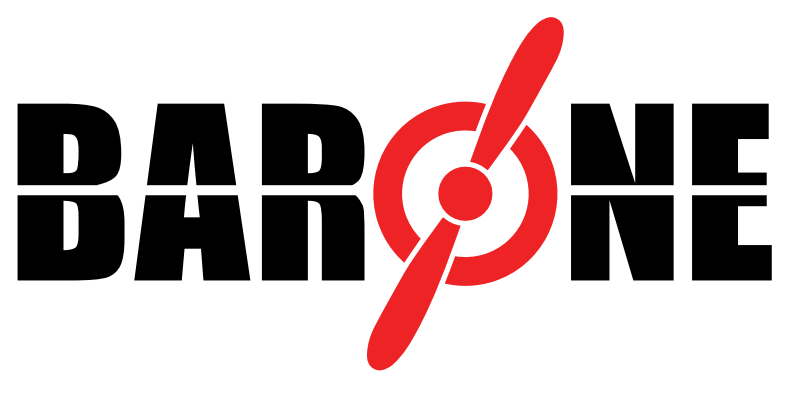Drivers for Windows 11
How to update drivers on Windows 10 PC?

The problem with an ever-evolving tech landscape is that compatibility issues can arise for hardware that you are already running on your PC. To uninstall the old drivers, press Win + X and select “Device Manager” from the list of options. What the above command does is force all the old and invisible drivers to show up in the Device Manager list. Once you have done this, you can proceed with the uninstallation.
- What’s important to note here is that these drivers are optimized for your specific system.
- If Windows 10 isn’t behaving itself, you may want to perform a clean install of Windows to wipe everything and get back on track.
- Our reviews are in no way influenced by the companies mentioned.
- These drivers enable the system to communicate with various devices and applications.
Do you know of other tips on how to update your drivers in Windows 10? Change Active Hours – If you set your computer’s active hours, the Automatic Update will not initiate an automatic reset during an update if that update happens within that time. You can set this manually by setting the time itself or use the automatic activity adjustment.
Effortless Programs In Updating Drivers – The Facts
In this guide, you will learn 2 different methods on how to update https://rocketdrivers.com/manufacturers/hp/printers/hp-laserjet-professional-p1102w device drivers on Windows 10. There are many free tools to update drivers on Windows 11, but I prefer using IObit Driver Booster. It’s a free program that lets you update drivers on Windows 11, even for obscure devices such as HID, network adapters, etc. If the native Device Manager didn’t help in fixing your driver woes, you can update drivers on Windows 11 with IObit Driver Booster. Apart from generic drivers, outdated drivers also cause problems.
Convenient Driver Updater Advice Examined
If you need to quickly back up your hard drive before it dies, you can also send your hard drive to the cloud. A cloud service lets you upload your hard drive to an external server at the click of a button. Using a cloud service isn’t free, but a failed hard drive can set you back years.
However, independent research indicates that MTBF is not a reliable estimate of a drive’s longevity . A more interpretable, but equivalent, metric to MTBF is annualized failure rate . AFR is the percentage of drive failures expected per year. Both AFR and MTBF tend to measure reliability only in the initial part of the life of a hard disk drive thereby understating the real probability of failure of a used drive. Repeated but recoverable read or write errors, unusual noises, excessive and unusual heating, and other abnormalities, are warning signs. Hard disk or any kind of flash drives lose its performance over time.
